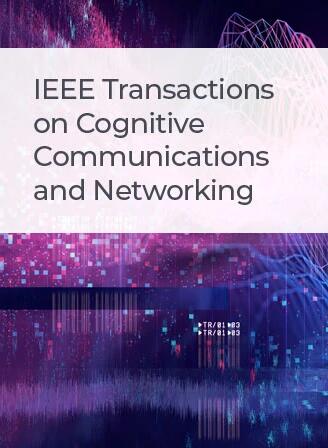genwin:物联网网络自适应管理的生成式人工智能驱动的数字孪生
IF 7
1区 计算机科学
Q1 TELECOMMUNICATIONS
IEEE Transactions on Cognitive Communications and Networking
Pub Date : 2025-01-09
DOI:10.1109/TCCN.2025.3527719
引用次数: 0
摘要
智能服务的急剧增加使得通信网络的自适应管理变得更加重要。特别是对于物联网(IoT)网络,自适应管理面临着一些挑战,如网络条件的波动、数据源的异构性和快速响应能力。如果不加以处理,这些挑战将导致物联网应用程序的性能下降和数据丢失。尽管传统的人工智能算法应用于大多数网络拓扑,但在不需要额外的软件开发的情况下,它们无法处理这些自适应管理挑战。因此,我们提出了一个基于生成式人工智能的数字孪生(GenTwin)框架,以使用生成式人工智能算法创建数字孪生模型。在这个框架中,我们设计了两种新的机制:优先级池和双适配器。优先级池是在进行模型训练之前提取拓扑中的动态关系。我们从理论上提出了一种新的存在参数的优先级和相应的权值,提出了一种模块化的体系结构,以提高训练效率。双适配器是与GAI架构进行交互,并微调模型,以适应物联网网络中的双建模任务。在创建了自适应双胞胎模型之后,我们通过假设分析测试了genwin的快速响应能力。根据我们的仿真结果,我们注意到所提出的池化机制通过提高训练精度,提取数据关系的能力提高了19%。此外,在动态最大时,genwin的响应时间缩短了53%,在快速响应能力方面优于传统的twin性能。本文章由计算机程序翻译,如有差异,请以英文原文为准。
GenTwin: Generative AI-Powered Digital Twinning for Adaptive Management in IoT Networks
The dramatic increase in smart services makes adaptive management of communication networks more critical. Especially for Internet of Things (IoT) networks, adaptive management faces several challenges, like fluctuating network conditions, heterogeneity in data sources, and rapid response capabilities. These challenges lead to performance degradation and data losses in IoT applications if not handled. Even though traditional AI algorithms are applied in most network topologies, they fall short of handling these adaptive management challenges without requiring additional software developments. Therefore, we propose a Generative AI-powered Digital Twinning (GenTwin) framework to create digital twin models with generative AI algorithms. In this framework, we design two novel mechanisms: Priority Pooling and Twin Adapter. Priority Pooling is to extract the dynamic relations within the topology before performing model training. We theoretically formulate the priority levels and corresponding weights with a novel presence parameter to present a modular architecture to increase training efficiency. The Twin Adapter is to interact with the GAI architecture and fine-tune the model for the adaptive twin modelling task in IoT networks. After creating the adaptive twin models, we test the rapid response capabilities of GenTwin with what-if analysis. According to our simulation results, we note that the proposed pooling mechanism extracts the data relations 19% more by enhancing the training accuracy. In addition, we show that GenTwin surpasses the traditional twin performance in terms of rapid response capabilities by reducing the response time 53% when the dynamicity is maximum.
求助全文
通过发布文献求助,成功后即可免费获取论文全文。
去求助
来源期刊

IEEE Transactions on Cognitive Communications and Networking
Computer Science-Artificial Intelligence
CiteScore
15.50
自引率
7.00%
发文量
108
期刊介绍:
The IEEE Transactions on Cognitive Communications and Networking (TCCN) aims to publish high-quality manuscripts that push the boundaries of cognitive communications and networking research. Cognitive, in this context, refers to the application of perception, learning, reasoning, memory, and adaptive approaches in communication system design. The transactions welcome submissions that explore various aspects of cognitive communications and networks, focusing on innovative and holistic approaches to complex system design. Key topics covered include architecture, protocols, cross-layer design, and cognition cycle design for cognitive networks. Additionally, research on machine learning, artificial intelligence, end-to-end and distributed intelligence, software-defined networking, cognitive radios, spectrum sharing, and security and privacy issues in cognitive networks are of interest. The publication also encourages papers addressing novel services and applications enabled by these cognitive concepts.
 求助内容:
求助内容: 应助结果提醒方式:
应助结果提醒方式:


